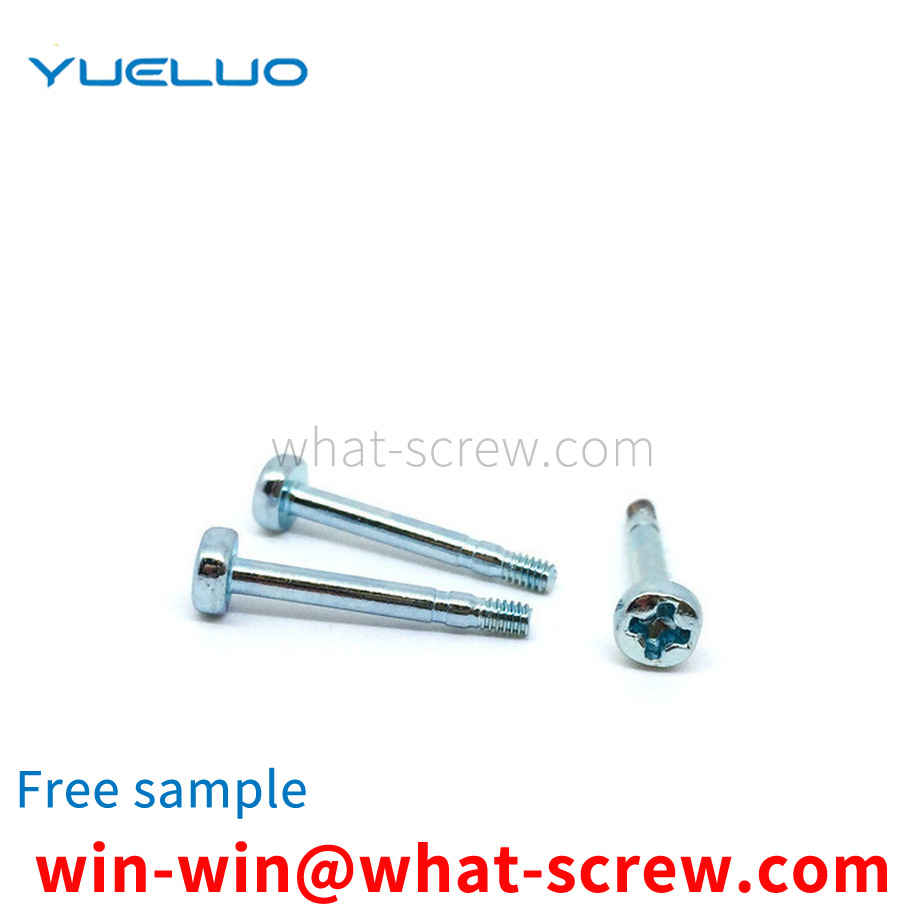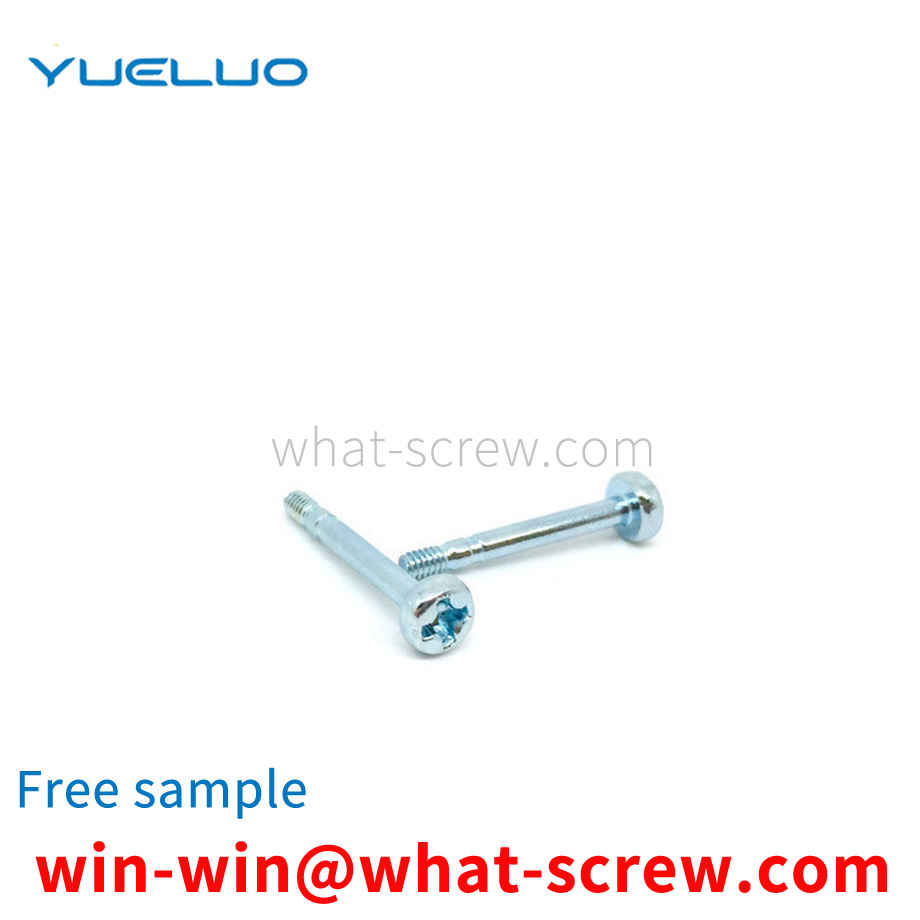Supporting T-bolts for pre-embedded channels, including hot-rolled pre-embedded channels, the lower part of the pre-embedded channel is provided with a longitudinal opening, and the head of the T-bolt enters from the opening and is clamped in the pre-embedded channel. There are plane teeth at the connection between the buried channel and the T-bolt, and the T-bolt has a tooth-shaped structure matched with the plane teeth. The direction of the teeth is parallel to the slotting direction, and the tooth-shaped cooperation achieves anti-slip effect. However, when the nut tightened on the T-bolt becomes loose, it will cause the T-bolt to move into the embedded channel and lose the toothed fit, thus changing the fixed position of the T-bolt in the embedded channel.
Basic parameter broadcast name 1. Machine screw 2. Self-tapping screw 3. Drilling screw 4. Wallboard screw 5. Fiberboard screw 6. Wood screw 7. Hexagon wood screw 8. Non-prolapse screw 9. Combination screw 10. Micro screw 11 . Furniture screws 12. Electronic screws 13. Chain screw head type: 1. Hexagon head (hexagon head) 2. Hexagon head with flange (hexagon head with flange) 3. Square head (square head) 4. T-shaped head T head (hammer head 5. mushroom head (truss head) 6. cylindrical head (cheese head) 7. round head (round head) 8. pan head (pan head) 9. countersunk head (flat head) 10 .Half countersunk head raised countersunk head ( Groove type: 1. Flat 2. Inner triangle 3. Inner corner square 4. Cross 5. Rice shape 6. Flower shape 7. Plum blossom 8. Flower shape 9. Special shape 10. Inner hexagon
Flat washers are frequently used in mechanical connections. They are usually placed between the nut or screw head and the connected parts to prevent the screw or nut from loosening during use. The upper and lower end faces of conventional flat gaskets are mostly smooth planes, with a single structure and poor compressive capacity. When assembled with a nut or screw, the pressure on the flat washer is increased, and when it is closely rubbed with the nut or screw, it is prone to breakage, which greatly affects the quality of the product.
The existing method of tightening large screws is generally 1. After the nut is screwed to the connected piece by hammering + nut angle method, use a casing to connect the lever arm of the wrench, or use a free hammer to hammer the plate handle, Rotate the nut an additional angle to obtain the required preload. This is not only a primitive and labor-intensive fastening method, but also has great limitations, such as limited space, or the screw itself is a rotating shaft and so on, it is difficult to use this method.
1. When the main body is large equipment, accessories need to be installed, such as sight glass, mechanical seal seat, deceleration frame, etc. At this time, a stud bolt is used, one end is screwed into the main body, and the other end is equipped with a nut after the accessory is installed. Since the accessory is often disassembled, the thread will be worn or damaged, and it is very convenient to use the stud bolt to replace. 2. When the thickness of the connecting body is very large and the bolt length is very long, stud bolts will be used. 3. It is used to connect thick plates and places where it is inconvenient to use hexagonal bolts, such as concrete roof trusses, roof beam suspension monorail beam suspension parts, etc.
We have many years of experience in the production and sales of screws, nuts, flat washers, etc. The main products are: semi-solid rivets, round head Phillips pan head screws, national standard T-nuts, ISO8752 pins and other products, we can provide you with suitable fastening products piece solution.



















 Service Hotline
Service Hotline




